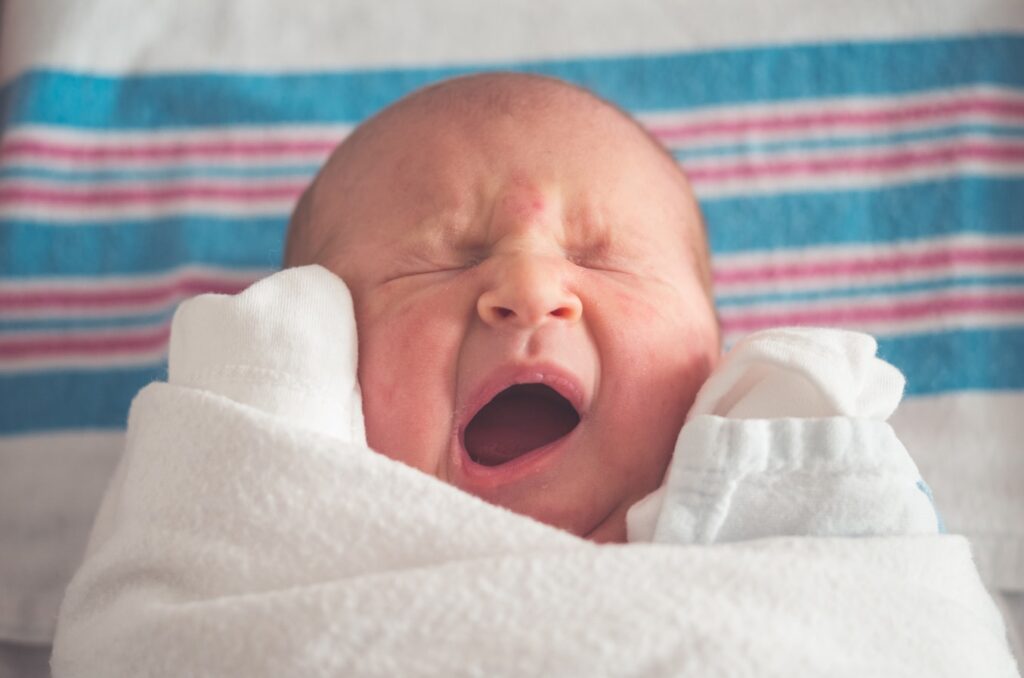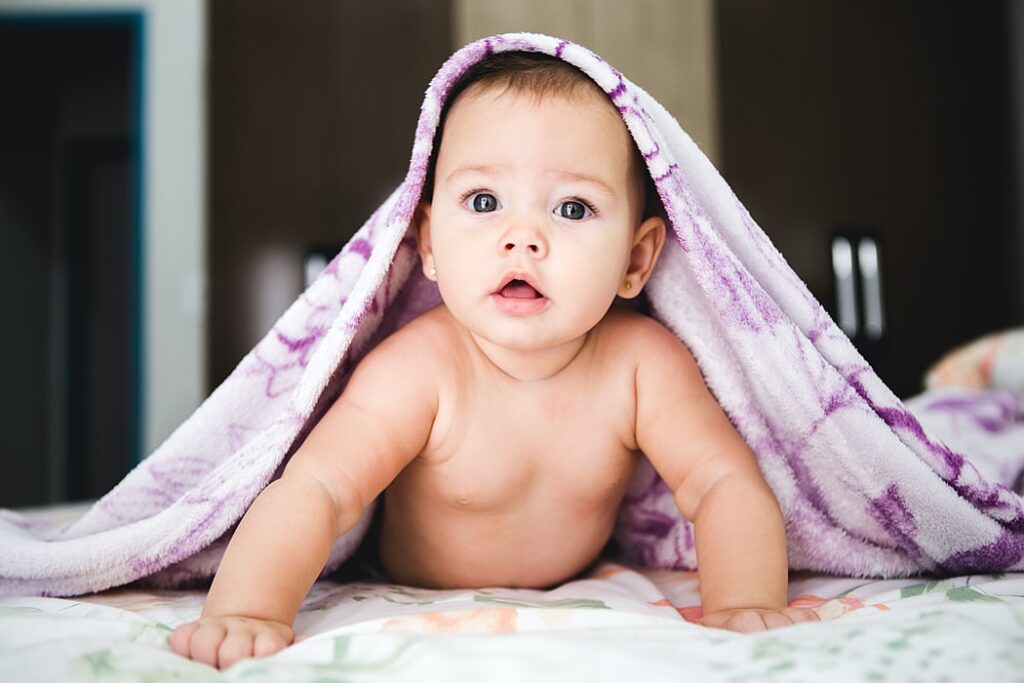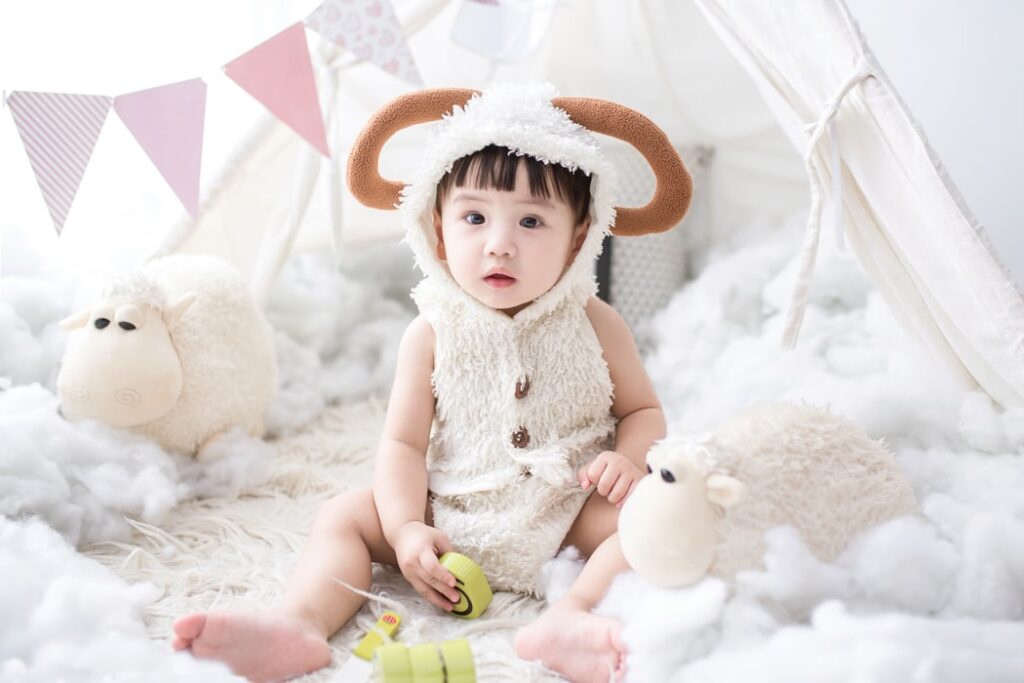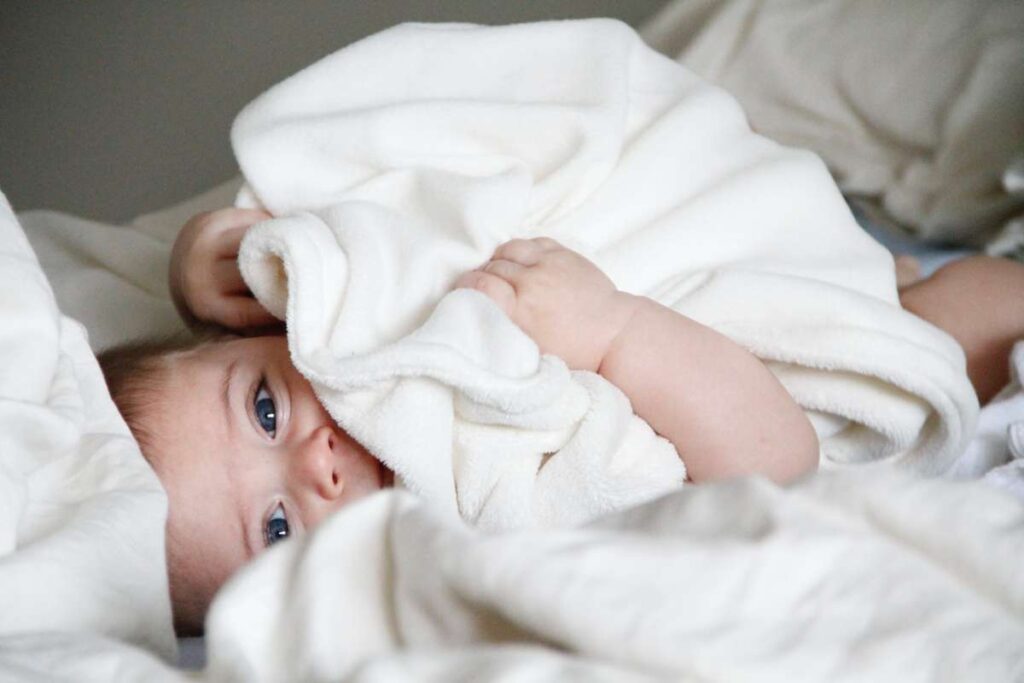Cotton farming is a water-intensive and resource-intensive endeavour, requiring 20,000 litres of water to produce just 2 pounds of cotton.
You can only imagine the amount of garbage and water that goes into making a king-sized bed using the standard non-organic cotton sheets used in many homes. However, bamboo and Tencel are eco-friendly options that are even softer.
Grown without the use of harmful chemicals, bamboo and Tencel (derived from eucalyptus) are two examples of sustainable textiles.
These sustainable options use significantly less water to grow than conventional agriculture, so they can flourish in arid regions. They are some of the softest fibres available, as well as being antimicrobial, moisture-wicking, and breathable.
The variety of materials available for use as bed linens has greatly exceeded that of merely cotton. New materials for bed sheets are making an effort to unseat cotton, which is still a popular and reliable option. Bamboo and Tencel are two examples of materials that can be used.
Raw materials, production techniques, and final qualities, both types of bed sheet fabrics share many commonalities.
It's more difficult than ever to choose between the two options. To assist you choose, we've compiled this detailed analysis of the many differences between bamboo and Tencel.
What Are Tencel (Lyocell) Sheets?
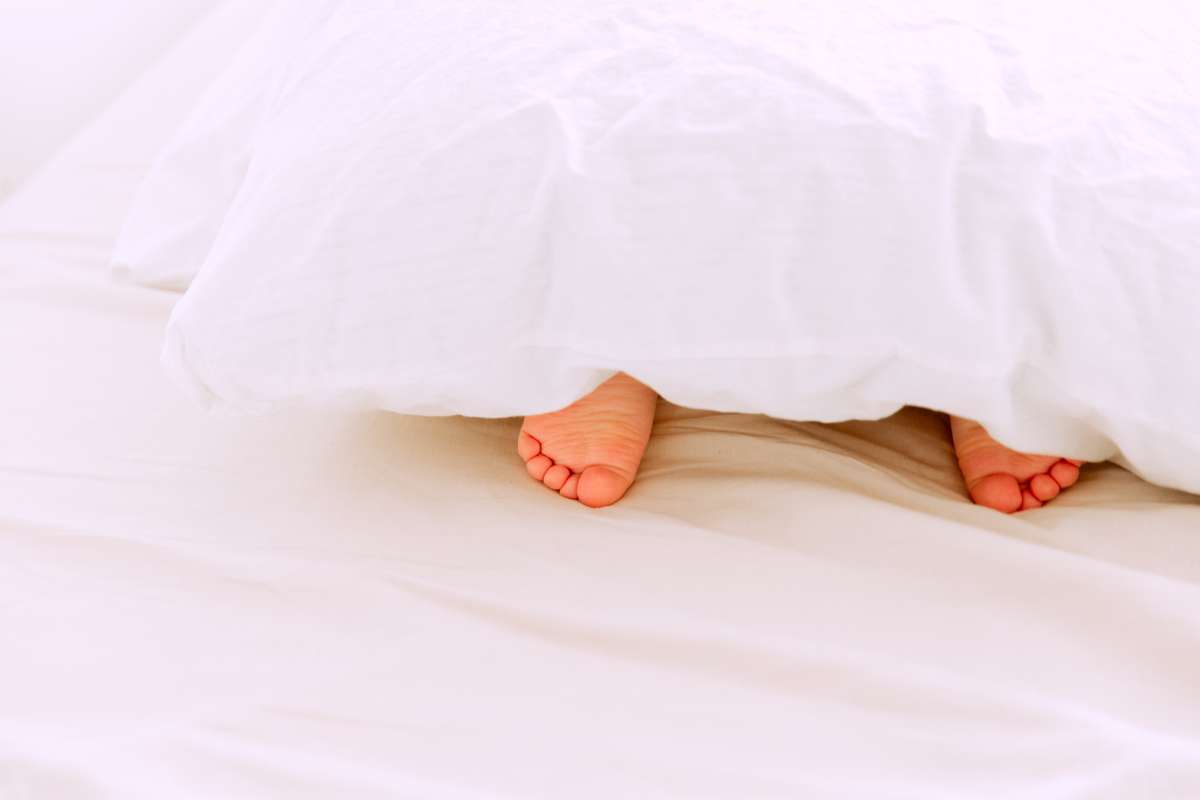
The cellulose fibre in Tencel is derived from wood pulp, making it a type of rayon. In 1972, developed it through a pilot phase and named it "Newcell." Finally, in the 1980s, Courtaulds Fibres began selling the fibre commercially.
Courtaulds renamed the fibre "Tencel" in 1990 when the first production facility opened in Mobile, Alabama.
Over a decade later, Lenzing AG bought the Tencel plants and integrated them into their lyocell division while keeping the Tencel brand name. Just one company, Lenzing AG, produces the majority of the world's Tencel fibre.
Lyocell is a subset of the rayon category, but the FTC gave it its own general name so that it wouldn't be confused with rayon. Lyocell fibres, like those found in Tencel, are a type of rayon. Lenzing's Tencel is a blend of nonwovens and wovens/knits used for consumer goods packaging.
Tencel is a trademarked product now. Lyocell is another name for Tencel. Similar to bamboo, the fabric is made from cellulose extracted from wood. However, eucalyptus trees are used by Tencel.
Its eco-friendliness was highlighted by environmentalists and green groups after its initial development in 1972. Due to its unique production method, it contains no hazardous substances and reuses 99 percent of the water it requires during production.
Tencel sheets are ideal for persons with sensitive skin since they are so smooth and silky, yet so chilly to the touch.
As a result of its hydrophilic (water-loving and water-absorbent) nature, Tencel can become mildewed if not cared after properly.
If you use Tencel sheets, you should always check that they are completely dry before putting the bed together in the morning. In addition, before putting the sheets away for storage, you should make sure they are completely dry.
If you want your sheets to last a long time, you should always dry them on a line in a dry, cool place.
Tencel Sheet Characteristics
- Soft
- Natural fibres are more breathable, although not as much as synthetic fibres.
- Wrinkling and diminishing resistance
- Colourfast
- Hydrophilic - easily absorbs moisture
What Are Tencel Bed Sheets' Benefits?
Whenever people talk about eco-friendly linens, Tencel usually comes up first.
The eucalyptus trees are not only created from a renewable resource, but their manufacturing technique also eliminates the release of toxic solvents.
Sheets made from tencel feel extremely silky and soft. This is due to the utilisation of long fibres, which create a velvety texture.
This not only adds to the item's overall cosiness, but it also has the potential to be useful for people whose skin is often irritated. The fact that these fibres are hydrophilic—that is, they "love" water—makes Tencel exceptionally absorbent and sanitary.
Tencel's benefits extend to breathability as well. It's cool to the touch and perfect for hot sleepers. It takes colour beautifully and doesn't wrinkle as easily as some other fabrics. Tencel has a more glossy and less matte appearance.
Are There Any Drawbacks On Tencel Bed Sheets?
The price of Tencel bedding can be high, and the price range is not nearly as varied as that of bamboo.
Tencel bedsheets don't have that crisp texture that some people prefer. The fabric is far more supple and "draper" than that. Tencel's hydrophilic fibres make it slightly more prone to mildew growth. But this shouldn't be a problem if the pet is well-cared for.
What Are Bamboo Sheets?
The pulp from bamboo stalks is used to create the sheets. Since ancient times, people have imagined the many ways in which the bamboo cloth may be used to make things like corsets, shoes, hats, etc.
However, when bamboo was initially used in bed sheets is a mystery because bamboo textiles were sometimes blended with cotton before the advent of pure and pristine bamboo sheets.
Because of its antibacterial and antifungal qualities, bamboo sheets are a great choice for allergy sufferers.
The bamboo yarn used to make bamboo sheets is more durable than that used to make competing products because, rather than using small pieces of thread that are weaved together, long threads are stretched from one end of the sheet to the other.
Sheets made from bamboo require special handling because they tend to wrinkle and shrink easily.
Avoid premature wear and tear on your bamboo sheets by washing them in warm water on their own, without using a fabric softener, and air drying them.
Characteristics Of Bamboo Sheets
- Durable
- Soft
- Antibacterial
- Hypoallergenic
What Advantages Do Bamboo Bed Sheets Have?
Bamboo sheets, like Tencel, are lauded for their eco-friendliness. Since bamboo can add up to a yard to its height every single day, it is one of the world's completely renewable wood resources.
Bamboo can be harvested without damaging the plant's roots and thus continue to thrive and expand. Moreover, bamboo is one of the world's quickest-growing woods.
Aside from their environmental benefits, bamboo sheets offer a luxurious sleeping experience. Their longer fibres give them a luxuriously soft and silky texture.
They don't make you sweat or feel cold since they "wick" the sweat away from your skin. It's well known that bamboo sheets are exceptionally breathable. They don't trap body heat, making them great for people who sleep with others or live in hot, muggy climates.
Sheets made from bamboo can be machine-washed on a cold cycle without the need for special detergents or fabric softeners.
They dry quickly as well, making them perfect for people who live in studio or one-bedroom flats without a laundry room. In the right hands, a set of bamboo bedding can last for many years.
When it comes to your health, having bamboo bedding might be a great investment. They prevent the growth of mould and germs, and they prevent the habitation of dust mites and other allergens by most people. In comparison to conventional cotton, bamboo sheets are more resistant to the growth of mould and mildew and the absorption of unpleasant odours.
Are There Any Drawbacks On Bamboo Bed Sheets?
Sheets made from bamboo fabric can be quite costly. The temperature spectrum is not dissimilar to that of high-grade cotton. However, like cotton, they can last quite a while if cared for properly.
For aesthetic purposes, wrinkles may be more noticeable on bamboo bed sheets because of their suppleness and smoothness. There's also the matter of preference when it comes to the loss of the "crisp" feeling that some people associate with new bedsheets.
Which Sheets, Bamboo Or Tencel, Are Better?
Let's compare and contrast Tencel and bamboo to see what sets them apart.
Production
When harvested properly, bamboo plants suffer minimal damage to their underground infrastructure. In order to keep the plant growing, the growth must be chopped back. However, while mechanically processing bamboo has minimal environmental impact, chemically processing bamboo pulp adds hazardous chemicals.
Tencel is made from the leaves of the eucalyptus tree, which must be gathered during the height of the tree's growth cycle and from which no more than half of the leaves may be taken.
Tencel manufacture may be more time-consuming and plant-intensive, but it is completely chemical-free and environmentally benign. The water utilised in the creation of Tencel is also recycled at a rate of 99 percent.
Comfort And Health
In general, sheets made from bamboo are regarded as among the softest and most luxurious available. Bamboo sheets are more comfortable than cotton ones, and they have additional benefits such as being hypoallergenic, antimicrobial, and antifungal.
Due to its low processing requirements and resistance to dust mites and mildew, bamboo boasts the softest fibres on the market.
They still use the lengthy form, so there are no dangling ideas or unresolved plot points.
However, the softness and pleasure of Tencel sheets transcend beyond the sense of touch. Eucalyptus fibres are antibacterial, thus they can't be colonised by dust mites or fungi.
Despite being far more durable than cotton or polyester, Tencel has a lower resistance to mildew because of its hydrophilic qualities, making it a less ideal choice than bamboo.
Tencel is perfect for persons with sensitive skin since fabric is soft and breathable without being hot to the touch.
Durability And Upkeep
Since bamboo has such strong, long fibres, it is often considered one of the most durable sheet materials. Extremely absorbent, and won't get yellow from body oil.
And because bamboo takes dye so well, you may use less of it to colour your sheets, and that colour will stay true for a long time.
Bamboo bedding have a reputation for lasting a lifetime with proper care. When washing bamboo sheets, it's best to do so on a gentle cycle in warm water without fabric softener to preserve the longevity of the sheets' natural fibres.
Yet, unlike Tencel and cotton, bamboo sheets tend to wrinkle easily.
In addition to its durability and longevity, tencel sheets are also surprisingly soft and lightweight. Due to its capacity to require only a small bit of dye and absorb it extremely well and for a very long time, your sheets will retain their original coloration and vibrancy long after you first unpack them.
Tencel sheets are a great option if you do not have time to iron every day. Wrinkling them is more of an ordeal than it would be with cotton.
Tencel sheets can be laundered in the washing machine with other things using the mild cycle, and they maintain their sleek, matte appearance for the life of the sheets. Drying Tencel on a clothesline is recommended over using a washing machine.
Availability
By sheer volume of available goods, bamboo sheets win this round hands down. Given its relative youth, the availability of Tencel-based goods is noticeably lower than that of competing materials.
Tencel And Viscose Differences From Bamboo
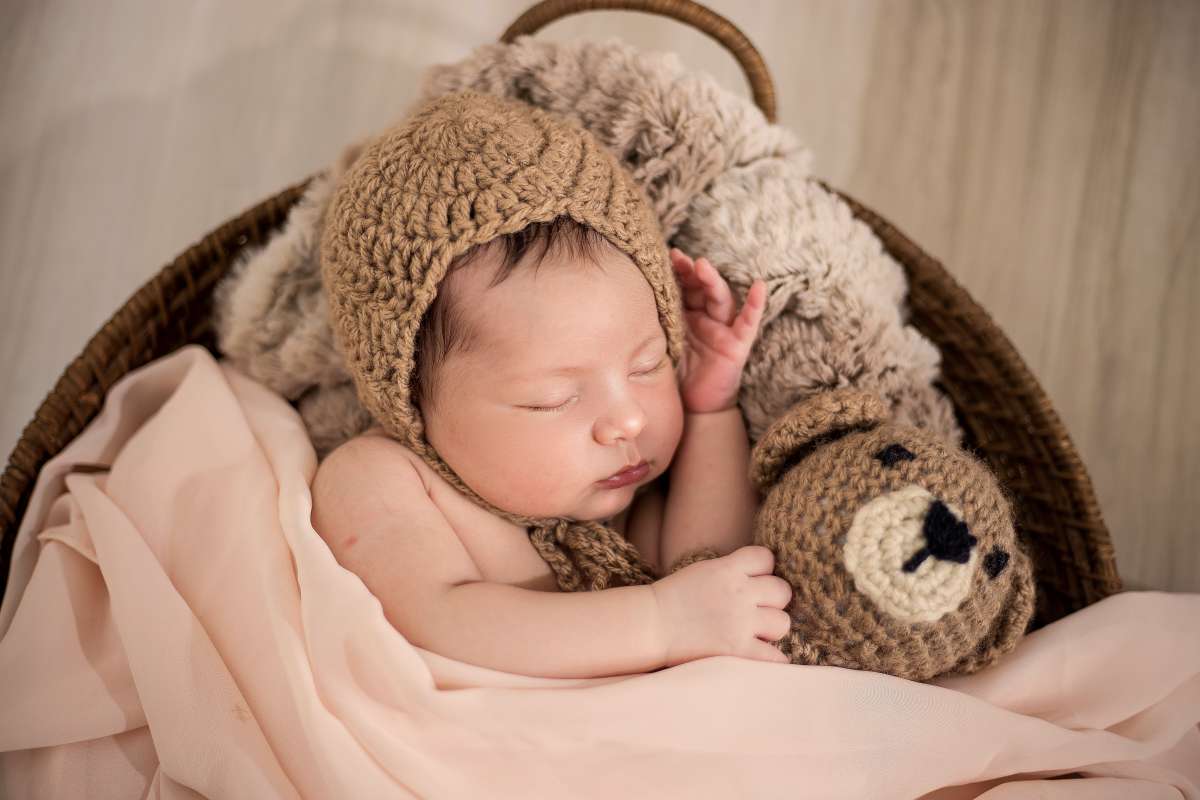
The Solvent
Hydrated Sodium Oxide (Solvent used for Bamboo)
The above discussion revealed that sodium hydroxide is the solvent employed in the viscose transition.
This website clearly shows that the European Union classifies this solvent as corrosive.
It's strange to call this an ecological process, even though the procedure leaves no trace of the product in the fibre afterwards. It's not quite as bad as the fact that 25% of the world's pesticides are thrown into the environment to grow conventional cotton, but it's still nothing to get excited about.
However, sodium hydroxide also has numerous other important applications, including the production of paper, soap and detergent, and water purification.
The entire procedure is Oeko-Tex 100 certified, so you know that the sodium hydroxide that remains in the garments is safe. It's a by-product of our time-honored manufacturing process. There is a need to find a suitable replacement, but it can also be put to good use without causing harm to the environment.
NMMO (Solvent used for Eucalyptus) (Solvent used for Eucalyptus)
Since "N-methyl morpholine N-oxide" (NMMO) is unpronounceable, it is shortened to "NMO" in the lyocell process. Through addition to being an organic compound generated in a way other than chemical combination, this product is also non-toxic and biodegradable. When compared to sodium hydroxide, it is the superior method for turning wood into fibre for textiles.
Water Recovery
Viscosity generation (bamboo)
The technique by which bamboo fibre is converted into a usable product is known as the viscose process.
Thus, "Viscose from Bamboo" describes this fabric perfectly. Extrusion and dissolution are also part of this process. Use water and a solvent to break down the wood. Water, as is well-known, is a very precious commodity worldwide.
Contrary to the lyocell process, however, the precise role that water plays in the viscose production method remains a mystery. Maybe you should act responsibly, maybe you shouldn't. There is no assurance or guarantee that this will work.
The Lyocell Method (eucalyptus)
The Lyocell technique, which is used to convert eucalyptus fibre, was developed in accordance with the "Closed-loop" procedure, guaranteeing that 99 percent of the water and solvent used are collected and reused again. By doing so, we can better manage water and protect the supply of this essential resource.
Required Blends
67% Bamboo Viscose, 27% Organic Cotton (Bamboo)
Adding slightly more than a quarter organic cotton to bamboo yarn creates a more intriguing fabric for both working with and wearing.
This method makes it possible to have cloth that doesn't contract or stretch after being washed. This fiber's dependence on a different sector is exemplified by the fact that it must be combined with organic cotton at all times.
Furthermore, there are situations when, despite our best intentions, we have to purchase a fabric whose yarn contains 27% non-organic cotton. The spandex accounts for the remaining 6%. A happy medium between long-lasting and cosy.
TENCEL® makes up 92% of the fabric (Eucalyptus)
TENCEL® doesn't require a second fibre to be blended into it like bamboo viscose does. That makes it a more autonomous fibre. For the spandex, add another 8%. A happy medium between long-lastingness and wearability
Which To Choose?
Both bamboo and eucalyptus grow in a responsible and sustainable manner. Both Respecterre and our shop in Ham-Nord, Quebec (an ecovillage) are made primarily in Quebec. The solvent and water needed to transform wood into fibre, as well as any other blends that may be necessary, are different for the two fibres under consideration here.
Eucalyptus (TENCEL®) is a more sustainable option than bamboo (viscose from bamboo), thus making that trade-off will help you make a more conscientious choice in your purchasing habits. There's nothing fundamentally awful about bamboo. Since bamboo grows naturally and yields the greatest fibre per hectare, its solvent is put to use in a wide variety of different businesses.
There is not much of a difference between Tencel and bamboo because they are both man-made from similar materials.
Lenzing's stringent controls, in comparison to those of a typical bamboo fibre production facility, were ultimately decisive.
Since bamboo supply is less certain, we believe this is a more accurate comparison. However, if factories were equally capable of producing both, we'd choose bamboo. We can only conclude that Tencel triumphed over Linen and bamboo, respectively.
Conclusion
The options for bed linens now go far beyond the traditional cotton variety. Eco-friendly materials like bamboo and Tencel are even plusher. They are also antibacterial and moisture-wicking, in addition to being among the softest fibres on the market. However, they are susceptible to mildew because they are hydrophilic (water-loving and water-absorbent). On the other hand, Tencel is soft as velvet and a great choice for sensitive skin.
Bamboo bedding is praised for being hypoallergenic, silky, and mildew resistant. A good quality set of bamboo sheets can last for decades when cared for properly. As a result, mould and bacteria can't develop, and dust mites can't make a home there. Tencel sheets, derived from the eucalyptus tree, are antibacterial and resistant to dust mites and mildew because of the natural phenolic compounds found in the leaves. Bamboo bedding is soft and luxurious, yet it also protects against allergens, germs, and mould.
Tencel sheets are machine washable on a delicate cycle and retain a luxuriously smooth finish. Bamboo sheets are highly absorbent, so a small quantity of dye is all that's needed to give them a vivid new colour, and they'll stay that way for a long time after you first unpack them. It is guaranteed that 99 per cent of the water and solvent used in the Lyocell process, which turns eucalyptus fibre into viscose, will be recovered for further use. This fibre's insistence on always being used in tandem with organic cotton exemplifies its dependence on a distinct industry. TENCEL®, unlike bamboo viscose, does not need to be combined with another fibre.
Spandex should be increased by 8%. A balance between durability and convenience in everyday use. In the same way that bamboo grows sustainably, eucalyptus does as well.
Content Summary
- However, bamboo and Tencel are eco-friendly options that are even softer.
- Grown without harmful chemicals, bamboo and Tencel (derived from eucalyptus) are two examples of sustainable textiles.
- Some of the softest fibres available are antimicrobial, moisture-wicking, and breathable.
- The variety of materials available as bed linens has greatly exceeded that of merely cotton.
- New materials for bed sheets are making an effort to unseat cotton, which is still a popular and reliable option.
- Bamboo and Tencel are two examples of materials that can be used.
- Both bed sheet fabrics share many commonalities in raw materials, production techniques, and final qualities.
- To assist you in choosing, we've compiled this detailed analysis of the many differences between bamboo and Tencel.
- Tencel sheets are ideal for sensitive skin since they are so smooth and silky yet chilly.
- If you use Tencel sheets, you should always check that they are completely dry before putting the bed together in the morning.
- In addition, before putting the sheets away for storage, you should ensure they are completely dry.
- If you want your sheets to last a long time, you should always dry them on a line in a dry, cool place.
- Wrinkling and diminishing resistance Hydrophilic - easily absorbs moisture What Are Tencel Bed Sheets' Benefits?
- Whenever people talk about eco-friendly linens, Tencel usually comes up first.
- Sheets made from Tencel feel extremely silky and soft.
- It's cool to the touch and perfect for hot sleepers.
- Because of their antibacterial and antifungal qualities, bamboo sheets are a great choice for allergy sufferers.
- Aside from their environmental benefits, bamboo sheets offer a luxurious sleeping experience.
- It's well known that bamboo sheets are exceptionally breathable.
- In the right hands, a bamboo bedding set can last many years.
- Having bamboo bedding might be a great investment when it comes to your health.
- Let's compare and contrast Tencel and bamboo to see what separates them.
- In general, sheets made from bamboo are regarded as among the softest and most luxurious available.
- Yet, unlike Tencel and cotton, bamboo sheets tend to wrinkle easily.
- In addition to their durability and longevity, Tencel sheets are also surprisingly soft and lightweight.
- Tencel sheets are a great option if you need more time to iron daily.
- Drying Tencel on a clothesline is recommended overusing a washing machine.
- Tencel And Viscose Differences from BambooThe above discussion revealed that sodium hydroxide is the solvent employed in the viscose transition.
- The entire procedure is Oeko-Tex 100 certified, so you know that the sodium hydroxide in the garments is safe.
- Use water and a solvent to break down the wood.
- Contrary to the lyocell process, water's precise role in the viscose production method remains a mystery.
- Required Blends Adding slightly more than a quarter of organic cotton to bamboo yarn creates a more intriguing fabric for both working with and wearing.
- Furthermore, there are situations when, despite our best intentions, we have to purchase a fabric whose yarn contains 27% non-organic cotton.
- TENCEL® doesn't require a second fibre blended into it as bamboo viscose does.
- A happy medium between long-lastingness and wearability Both bamboo and eucalyptus grow responsibly and sustainably.
- The solvent and water needed to transform wood into fibre and any other blends that may be necessary are different for the two fibres under consideration here.
- Eucalyptus (TENCEL®) is a more sustainable option than bamboo (viscose from bamboo); thus, making that trade-off will help you make a more moral choice in your purchasing habits.
- There is not much of a difference between Tencel and bamboo because they are both man-made from similar materials.
- Lenzing's stringent controls were ultimately decisive compared to those of a typical bamboo fibre production facility.
- However, if factories were equally capable of producing both, we'd choose bamboo.
- We can only conclude that Tencel triumphed over Linen and bamboo, respectively.
FAQs About Sheet
They both have breathable features so that heated sleepers won't become too hot. Tencel, on the other hand, is the material that bamboo sleepers will choose more often. Bamboo sheets are typically superior to cotton sheets when wicking away moisture, but they are less effective than Tencel sheets.
Most sleep specialists we consulted thought sheets made of natural fibres, such as cotton and linen, are your best bet for those who tend to sweat excessively. In contrast, they sleep because these materials are the most breathable (and therefore cooling).
It is entirely up to you. However, bamboo sheets are a supple yet resilient fabric that will last longer than other options. On the other hand, the microfiber sheets' fabric is thin, making them prone to snagging, even though they are crisp and smooth to the touch. On the other hand, sheets made of microfibre are less expensive.
Fabric made from bamboo can have a lifespan of ten years or even more if properly maintained. On the other hand, traditional cotton sheets only have a lifespan of about one to two years before they need to be replaced.
Individuals who suffer from sensitive skin, asthma, or allergies may find bamboo bedding an ideal alternative because of its naturally occurring hypoallergenic and antibacterial properties.

